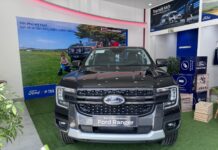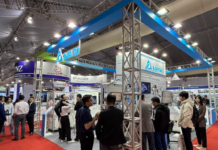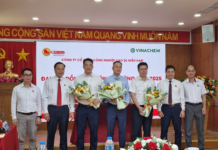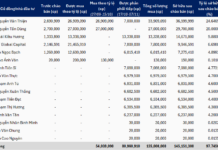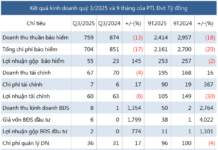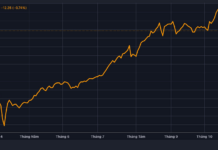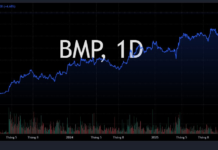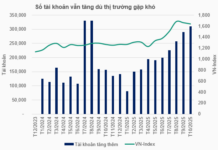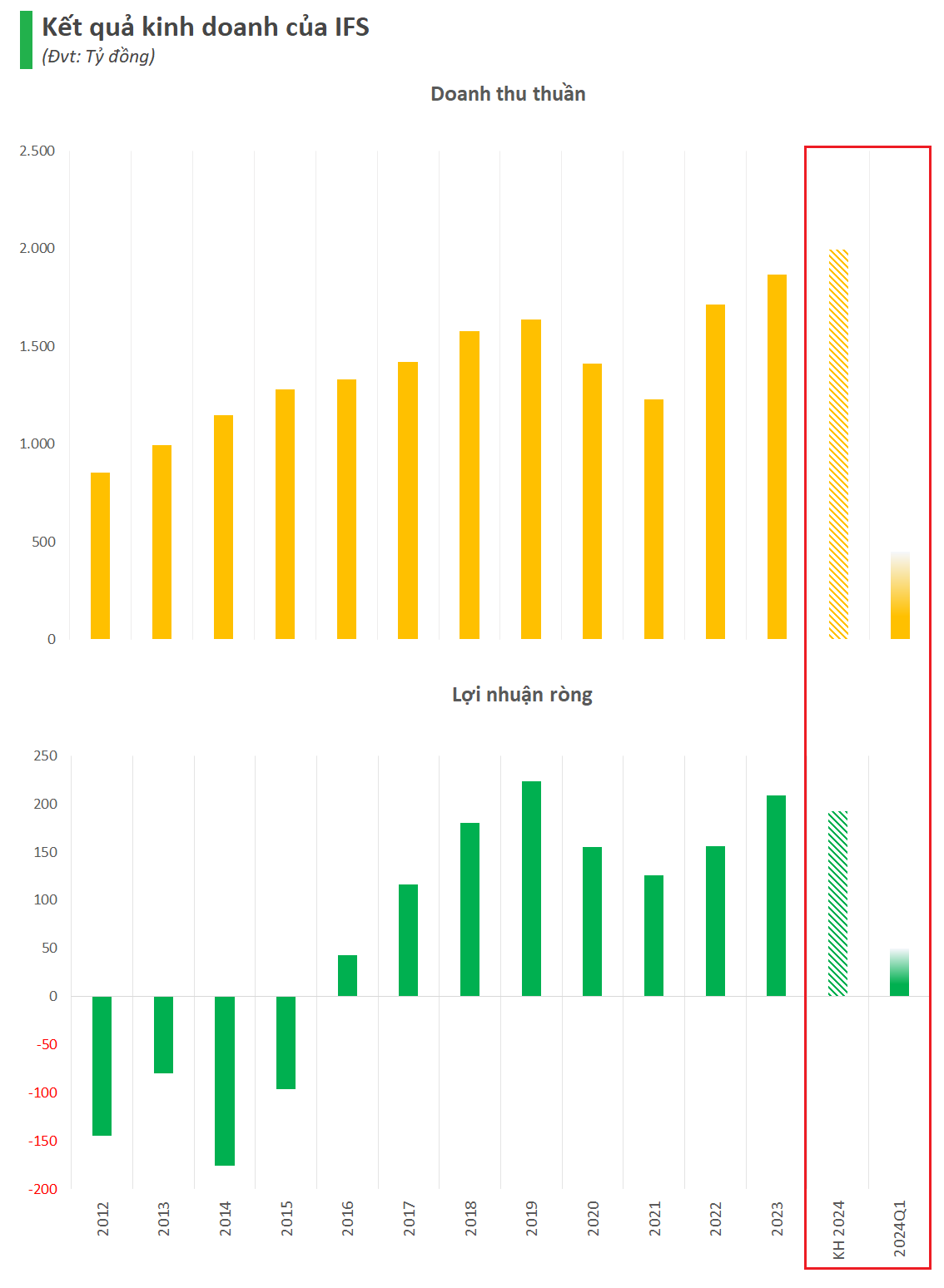In recent times, the presence of Chinese cars in the Vietnamese market has improved as many automakers have continuously introduced new products.
Intensive “attack” on the Vietnamese market
In late January 2024, the Chinese car brand Chery officially introduced the Omoda C5 model, a B-segment SUV with 2 versions: deluxe and luxury. Equipped with a 1.5L turbo engine, the car is priced at less than 700 million VND/vehicle. This is a competitive model against Kia Seltos, Hyundai Creta, and Honda HR-V.
On January 13, Lynk & Co Automobile International Sales Co.Ltd and GreenLynk Automotives Joint Stock Company launched the Lynk & Co car brand in Ho Chi Minh City, after opening a showroom in Hanoi in December 2023. The company introduced 3 Lynk & Co 01 SUV models with a price of 999 million VND/vehicle, and Lynk & Co 05, 09 with a selling price of 1.599 billion VND/vehicle.
Earlier, in August 2023, the Haval brand began selling the hybrid model H6 for 986 million VND/vehicle in Vietnam. Although the company only sold 200 vehicles in the last 4 months of 2023, reaching 40% of the set target, it still remains confident that it can win over Vietnamese consumers thanks to its fuel-saving ability of up to 70%. According to the company’s introduction, the H6 model operates entirely on electricity at speeds from 0 to 35 km/h, operates on a mechanism of both gasoline and electricity at speeds above 35 to 65 km/h, and switches back to using electricity when the car is fully accelerated at speeds of 80 – 100 km/h.
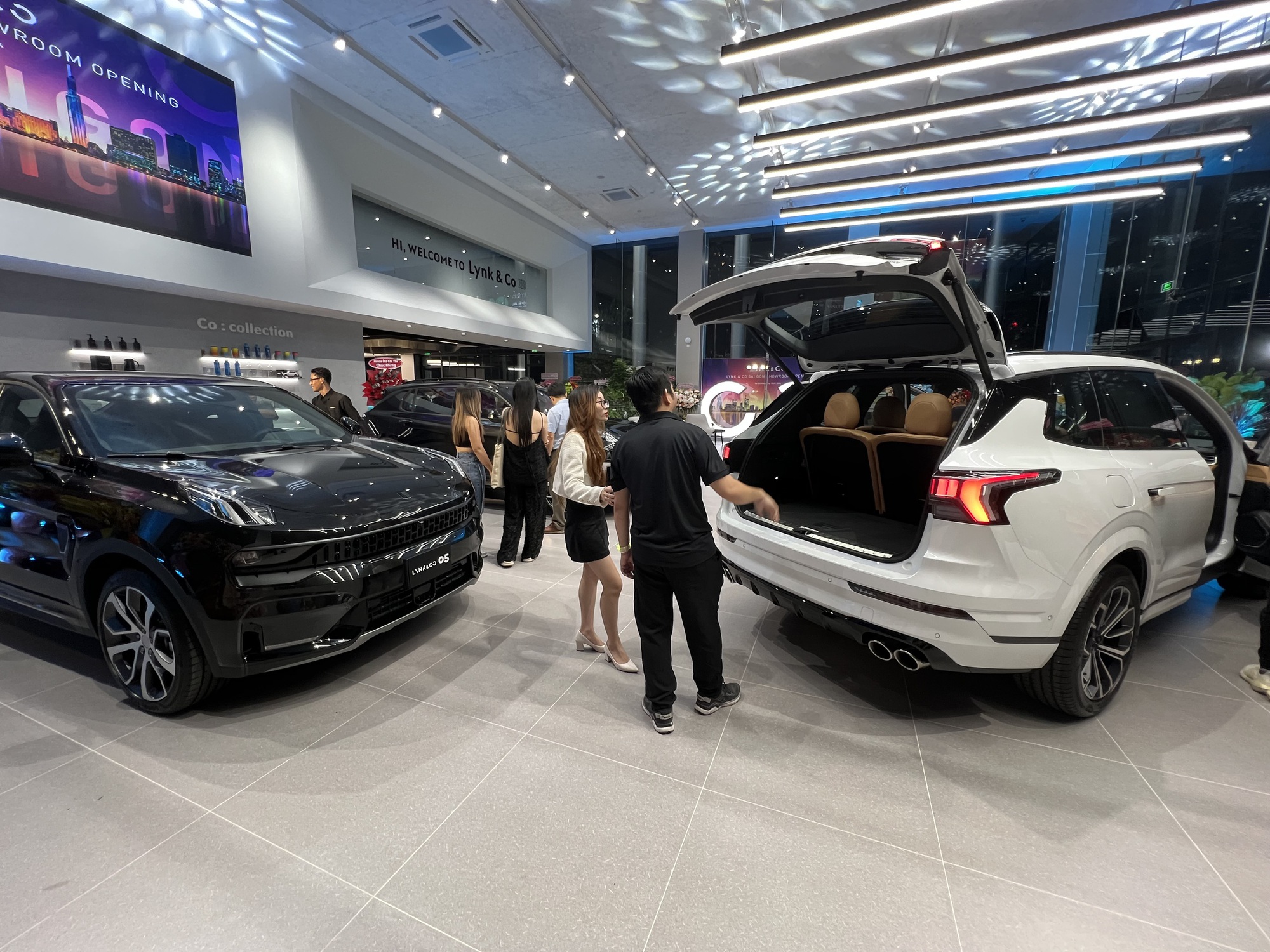
Chinese car brands are finding many ways to conquer the Vietnamese market
Haval plans to expand to 25 more dealerships in Vietnam this year, bringing the total to 45 dealerships. At the same time, the company will introduce 2 additional models: Jolion and Tank 300.
Although MG is a British car brand, it has been successfully developed in the Vietnamese market after being acquired by SAIC Motor (China). The brand offers models such as MG5, MG ZS, and RX5. In addition, many other Chinese car models are distributed by Kylin-GX668, such as the Beijing X7 of BAIC Group, and the H9 and E-HS9 of Hongqi.
Notably, pure electric cars from China are also being introduced in the Vietnamese market, such as the multi-purpose models 7X and 7X-E from Haima. Haima also plans to open dealerships in Hanoi and Ho Chi Minh City as soon as possible. The Chinese car brand Chery plans to launch the pure electric car model Omoda C5 EV, which can travel 450 km per charge. Similarly, MG also plans to bring several pure electric products to the Vietnamese market this year.
Improving the quality of cars exported to Vietnam
Mr. Tran Nam Thang, Deputy General Director of SAIC Motor Vietnam Co., Ltd., said that customers are showing more interest in the MG brand, resulting in a good growth in sales for the company. Many customers have given feedback that the company has good after-sales policies and affordable spare parts. According to Mr. Thang, the domestic car market still has a lot of potential for development, so it is understandable why Chinese car manufacturers are actively bringing their products to Vietnam.
According to Mr. Vu Van Thuong, Director of Haval Thanh An Saigon Joint Stock Company – the distributor of Haval cars, the quality of Chinese cars has improved thanks to the use of advanced technologies. Mr. Thuong predicts that in the near future, many Chinese car brands will continue to enter the Vietnamese market, creating a new breeze and increasing competition. “Although Haval cars have a price of nearly 1 billion VND/vehicle, they are equipped with technology equivalent to high-end cars priced at around 2 billion VND/vehicle. Most Chinese car brands are offering high-priced products with stable quality to regain the trust of customers,” Mr. Thuong added.
Mr. Tran Ngoc Phuc, an automotive expert, believes that in this stage, Chinese car brands have the potential to succeed in Vietnam. While in the past, these brands mainly distributed their cars through intermediaries, they are now working with Vietnamese partners to build their brands, open official dealerships, and provide better customer care, resulting in better business efficiency.
Remains skeptical
Automotive experts still have some doubts about the success of Chinese cars in the Vietnamese market, especially for gasoline-powered cars.
Automotive expert Nguyen Minh Dong said that it is unclear about the quality of Chinese gasoline-powered cars, but their electric car models are very competitive in the European and American markets. As a result, Vietnamese consumers will gradually have a different view of car products from the world’s largest factory.
“Although the quality of Chinese cars has been proven in the global market, it will still take about 5 – 10 years for the Vietnamese market to fully accept them,” Mr. Dong commented.
China is among the top car sellers to Vietnam
According to statistics from the General Department of Customs, in January 2024, the number of imported complete knocked-down cars of all types registered with customs decreased by 9.1% compared to December 2023. Accordingly, only 6,955 complete knocked-down cars were imported throughout the first month of this year. It is worth noting that Indonesia tops the list of countries supplying complete knocked-down cars to Vietnam with 2,647 vehicles, followed by China in second place with 1,987 vehicles, and Thailand dropped to third place with 1,858 vehicles.
In February 2024, imports of Chinese cars decreased to 1,000 vehicles, returning to third place, giving second place back to Thailand with 3,788 vehicles. Indonesia still maintains the leading position with 4,441 cars imported from this country to Vietnam.

